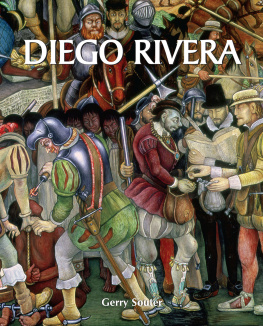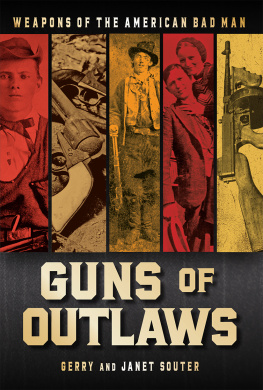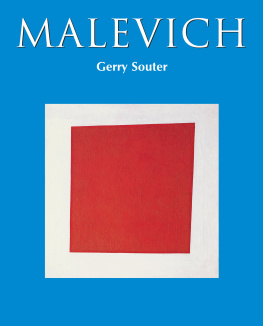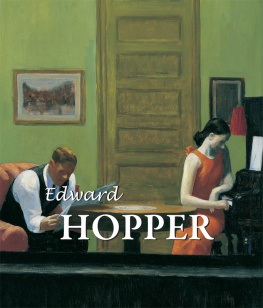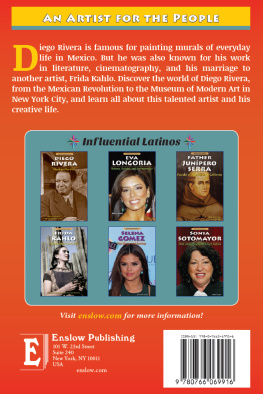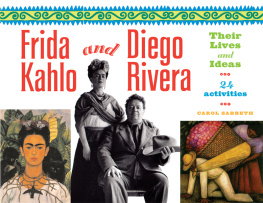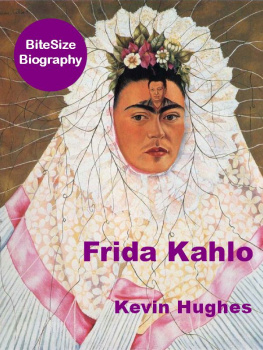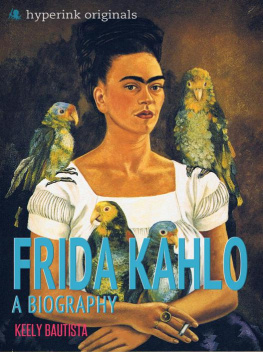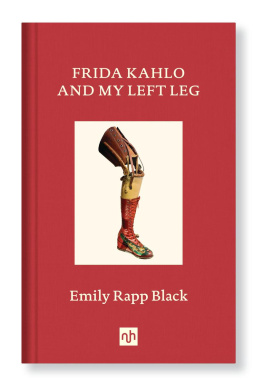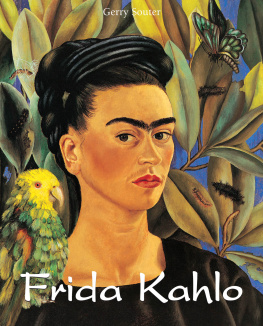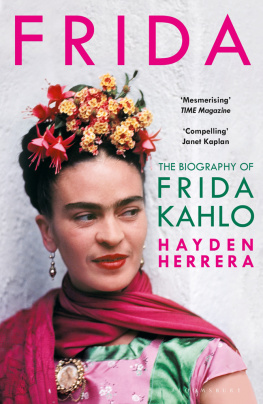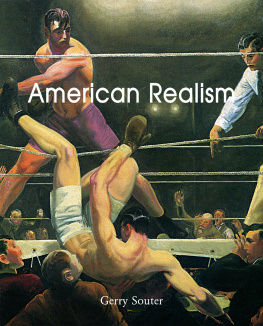Author: Gerry Souter
Layout:
Baseline Co Ltd.
61A-63A Vo Van Tan Street
Nam Minh Long, 4 th Floor
District 3, Ho Chi Minh City
Vietnam
Confidential Concepts, worldwide, USA
Parkstone Press International, New York, USA
Image-Bar www.image-bar.com
Victor Arnautoff
Georges Braque, Artists Rights Society (ARS), New York, USA/ ADAGP, Paris
Jos Clemente Orozco, Artists Rights Society (ARS), New York, USA/ SOMAAP, Mxico
Estate of Pablo Picasso/ Artists Rights Society (ARS), New York, USA
Banco de Mxico Diego Rivera & Frida Kahlo Museums Trust. Av. Cinco de Mayo n2, Col. Centro, Del. Cuauhtmoc 06059, Mxico, D.F.
David Alfaro Siqueiros, Artists Rights Society (ARS), New York, USA/ SOMAAP, Mxico
All rights reserved
No part of this publication may be reproduced or adapted without the permission of the copyright holder, throughout the world. Unless otherwise specified, copyright on the works reproduced lies with the respective photographers.
Despite intensive research, it has not always been possible to establish copyright ownership. Where this is the case, we would appreciate notification.
ISBN: 978-1-78310-775-9
Gerry Souter
Diego Rivera
His Art and His Passions

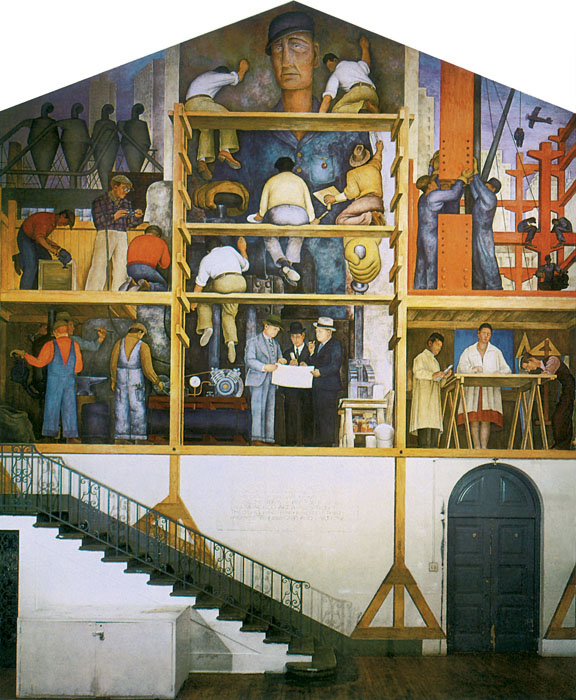
1. Diego Rivera, The Making of a Fresco,
Showing the Building of a City, 1931.
Fresco, 568 x 991 cm. San Francisco
Art Institute, San Francisco.
Contents
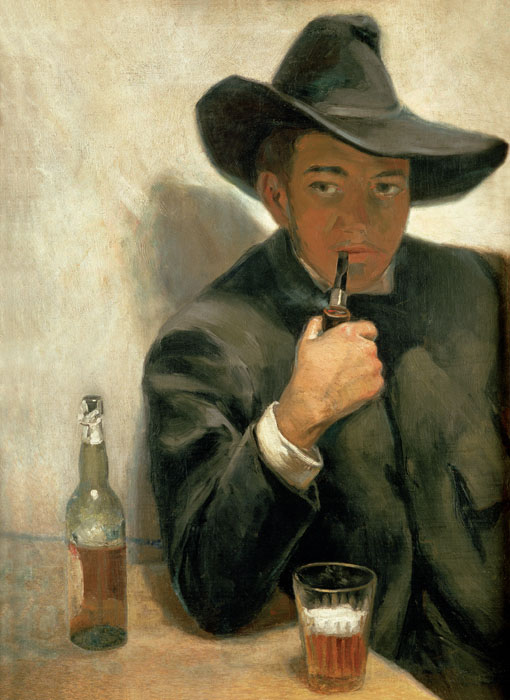
2. Diego Rivera, Self-Portrait, 1916.
Oil on canvas, 82 x 61 cm.
Museo Dolores Olmedo, Mexico City.
Foreword
I was aware of Diego Rivera, the Mexican muralist, long before I encountered the many other Diego Riveras that roamed the world between the beginning of the twentieth century and the late 1950s. As a photojournalist and graduate of the Chicago Art Institute, I took advantage of travel assignments to visit great works of art whenever possible. In Paris there are the treasures of the Louvre and the Centre Pompidou. In Mexico, there is Diego Rivera everywhere. At home, I have the advantage of being only five hours by car from the Detroit Institute of Arts and the incredible murals Rivera created for this American industrial centre.
While his easel paintings and drawings constitute a large body of both his early and late work, his unique murals explode off walls in virtuoso performances of mind-staggering organisation. On those walls the man, his legend and myths, his technical talent, his intense story-telling focus and self-indulgent ideological convictions all come together.
As I researched my book Frida Kahlo Beneath the Mirror, I found many photographs of Diego, first the smiling successful artist with his petite bride, and then as a tired old man following Fridas coffin to the crematorium. Though their union was compelling, there was no way I could make my mind accept its consummation, both physical and intellectual, nor could I understand what drew beautiful women and powerful men to what appeared to be a shambling caricature. Revisiting his work and standing in front of it as the phantasmagoria of his imagination glowed from the walls, his appeal as a larger-than-life character and creator quickly replaced ones first impression of a placid man.
Large, damp, soft-boiled lunarian eyes set in a moon face above a mouth designed for self-gratification peer expectantly from beneath heavy lids to create a frog-like portrait that sits upon a flesh-padded, tear-drop shaped body. But this large man who filled doorways and caused chairs to groan ominously had small, childlike hands. He appeared soft and lazy, but his endurance often stretched to eighteen hours a day on a scaffold with brush in hand in front of his mural walls. His personal life was a chaos of politics, seductions, parties, travel, marriages and creating his own myth, but his work at the wall was, of necessity, precisely choreographed to co-ordinate his creative execution with the time-driven demands of plaster fresco.
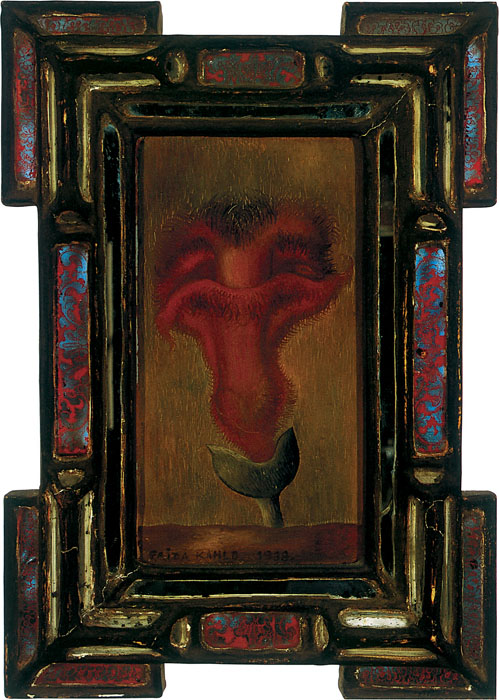
3. Frida Kahlo, Xochtl, Flower of Life, 1938.
Oil on metal, 18 x 9.5 cm. Private collection.
In his memoir Rivera, the struggling young artist, praised Picasso to the skies for liberating painters from the grip of stagnation. To his friends he accused Picasso of stealing elements of Cubist technique from him and seethed as Picasso advanced while he remained bogged down in Paris still without a style of his own. He was a life-long believer in the ideal of Communism and mostly in denial concerning its ruthless reality. Who could possibly embrace the strict ideology of Communism and still work for rich capitalists? Today, we need only look at China and the entrepreneurial Eastern European states following the dissolution of the Soviet Union. During the volatile twenties, thirties and forties Riveras political insights operated on the level at which most contemporaries viewed him those of a great big child. He gathered friends wherever he went Mexico, Spain, France, Italy, Germany, Russia and the United States yet jealousy of his successes and the divisive political insinuations he brushed into his art created bitter enemies and left a shambles in his wake. For years he habitually carried a large-calibre Colt revolver ostensibly to fight off attempts on his life.
Diego Rivera played many roles, some better than others, but deep inside and more than a third of his life had passed before he realised this truth was Mexico, the language of his thoughts, the blood in his veins, the azure sky above his resting place. Finally, when all the Sturm und Drang of a life lived at the gallop settled and he had achieved his masters gift of technique and fully embraced his creative goals, there was Mexico, her history and her stories. Those stories and the life of Diego Rivera mingle as a swift-flowing river gathers the earth into its stream.
Gerry Souter
Arlington Heights, Illinois
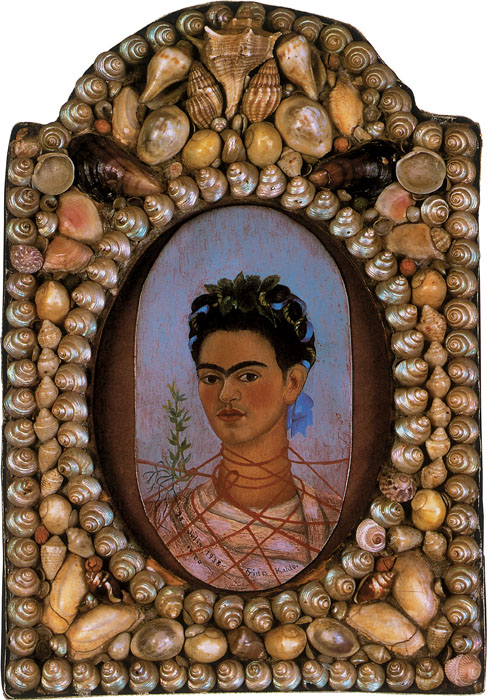
4. Frida Kahlo, Self-Portrait, c. 1938.
Oil on metal, 12 x 7 cm. Private collection, Paris.
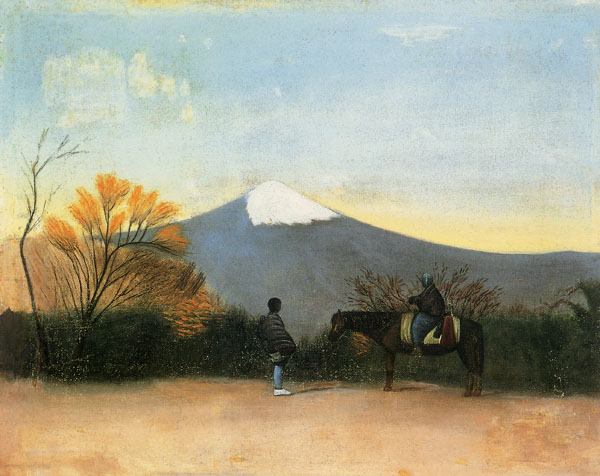
5. Diego Rivera, Landscape, 1896-1897.
Oil on canvas, 70 x 55 cm.
Guadalupe Rivera de Irtube Collection.
From Training to Mastership
His First Steps
Diego Rivera fictionalised his life so much, that even his birth date is a myth. His mother Mara, his aunt Cesrea and the town hall records list his arrival at 7:30 on the evening of December 8th, 1886. That is the very auspicious day of the feast of the Immaculate Conception. However, in the Guanauato ecclesiastical registry, baptism documentation states that little Diego Mara Concepcin Juan Nepomuceno Estanislao de la Rivera y Barrientos Acosta y Rodrguez actually showed up on December 13th.
Next page
